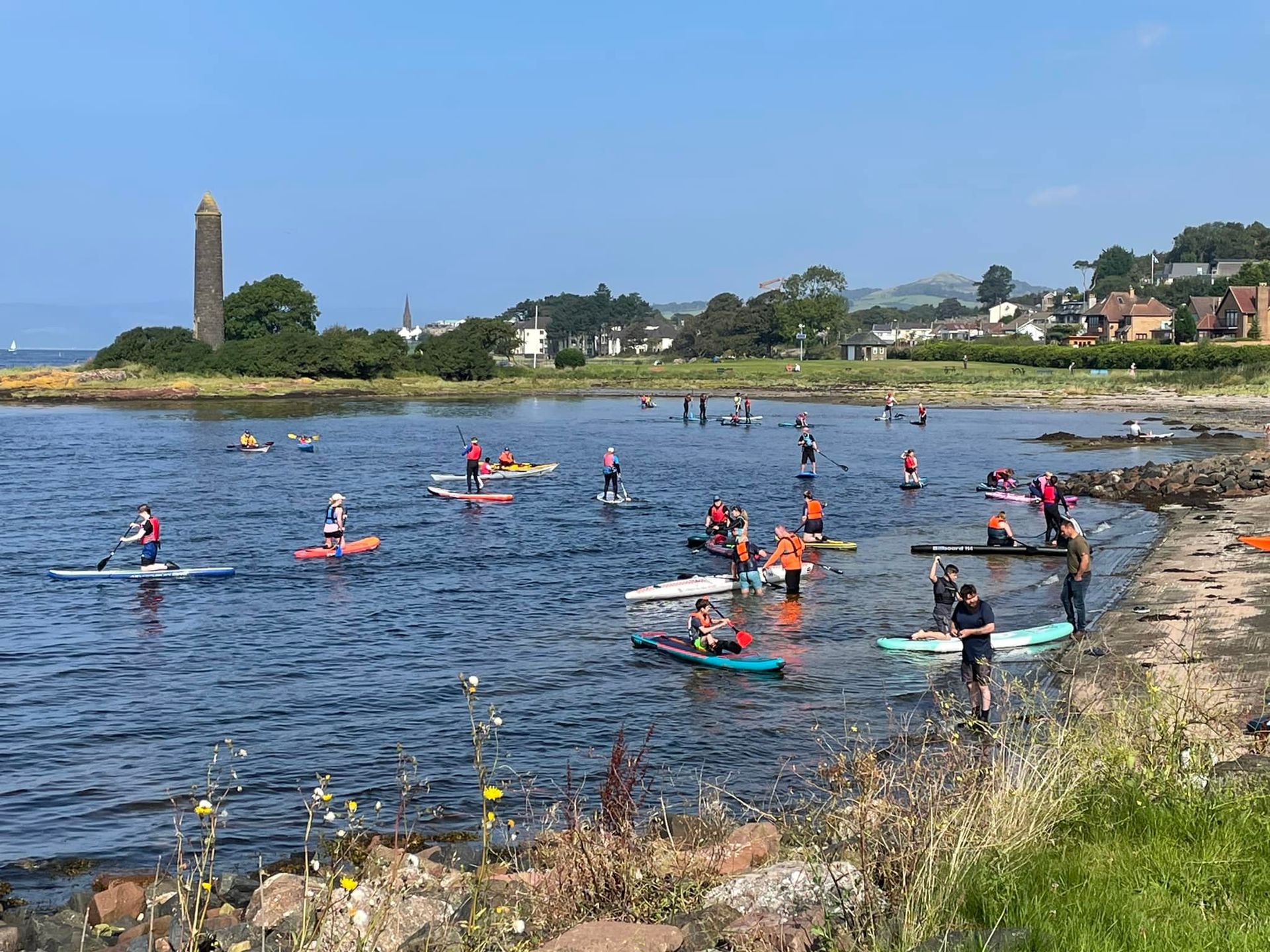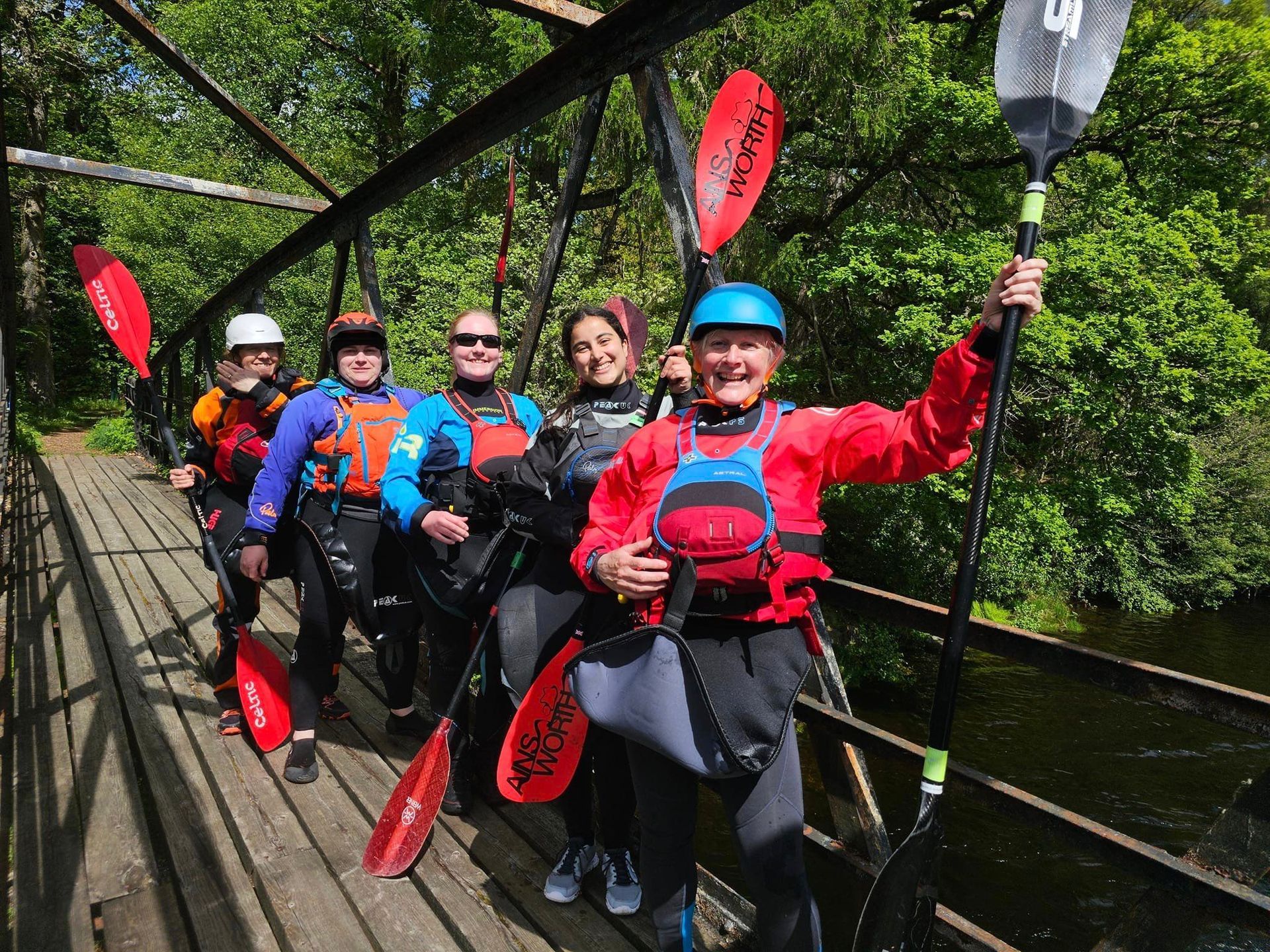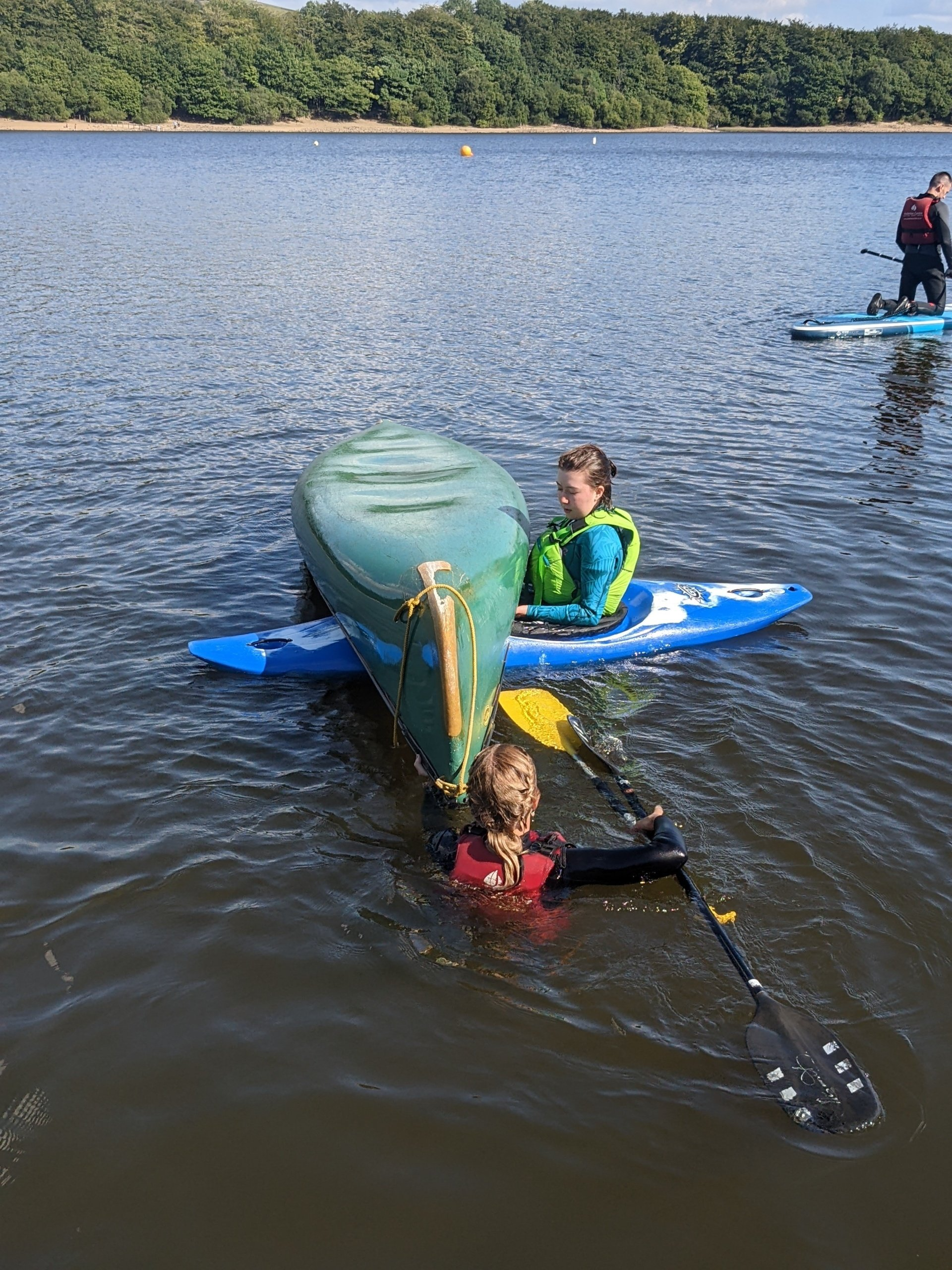Cold Weather Gear: What to Wear for Ocean Paddling
Cold Weather Gear: What to Wear for Ocean Paddling
By Kevin Ramsay
Originally published in the October 2023 issue of "Scottish Paddler"
What shall I wear? How many layers to wear on a paddle can often be a dilemma, especially in the winter where the temperature you feel as you prepare to go out on the water can be quite different to the temperature you feel once you start paddling hard, which also can be very different to the temperature you feel if you end up in the water, and so on.
Obviously, each paddler has to assess the conditions in which they are planning to paddle. At this time an individual decision must be made around an appropriate level of protection against the cold. This choice is also activity dependent. Clothing may be different if you are going out for a downwind on a chilly day, or flat water interval training. Also, introducing new paddlers to winter conditions may be a challenge. New paddlers may be working extremely hard, however the pace may be a gentle one for the experienced paddler, resulting in feeling cold. A tough choice.
There are several different ways to gear up but it may be helpful to think about clothing that aims to keep you completely dry and clothing that doesn’t.
A dry suit is an all-in-one that is sealed at the wrists and neck with a rubber seal. Because it is keeping all the water out, whatever layers you wear will also stay dry. This could be an advantage if you think there is a risk of being in and out of cold water or if your paddle could include periods of inactivity. The downside of a dry suit is if you are working hard you sweat and this gets trapped inside the suit cancelling out, to some extent, the above benefits. Synthetic base layers may help this. Some may find an all-in-one suit, wet or dry, a bit restrictive to movement when paddling.
Wetsuits can be full leg and arm cover, or a Farmer John type suit where the legs are fully covered but the arms are not covered at all. These rely on the neoprene being tight fitting to the body so that only a thin layer of water is trapped against the skin. Any number of layers can be worn over the top. Again, full length can be restrictive but give a high level of protection from the cold. A combination of neoprene trousers and windproof cag with base layers worn underneath is often a good option when out for a training paddle.
Hands, feet and head are also important to consider. One of the most useful pieces of kit in really cold conditions are pogies which are like fingerless gloves that attach around the paddle shaft. Neoprene boots (I have 7mm) are essential in surfski and any number of head coverings from fleece hats to neoprene can be worn.
Experimenting with different layers is usually the best way to get a setup that suits your style of paddling and the conditions that you paddle in. You will probably alter things depending on the local conditions on the day, so a couple of options is a good idea. Safety should always be a consideration.
Find more tips about Ocean Racing
here.














